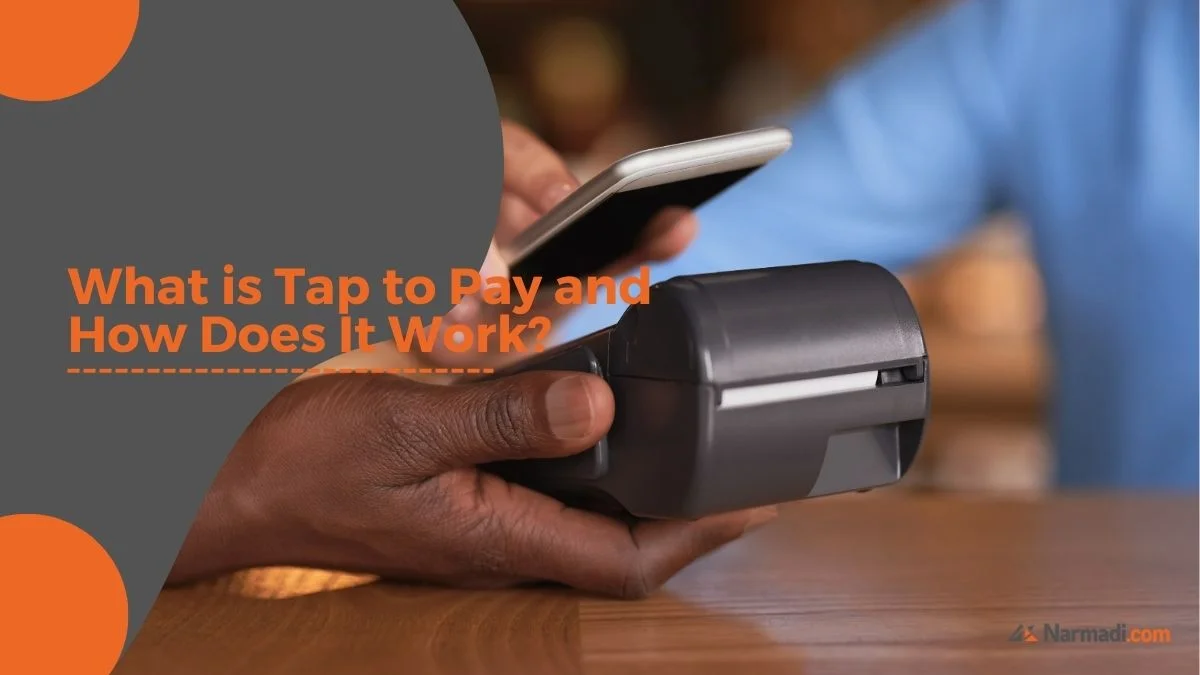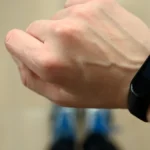What is tap to pay? Well, to put it simply tap to pay is a payment method that enables you to make contactless payment with just a tap of your android phone.
Since the first plastic card was issued in 1959, the payment method and tech progress has been growing ever since.
With the magnetic stripe payments that enjoyed its reign for 30 years between the ‘70s and ‘90s, EMV chip card technology followed in the mid-’90s and through the ‘00s.
Also Read
And as you can guess, the winner of the 2010s onward is the NFC-powered, contactless tap-to-pay payment method.
So, with that being said, what is tap to pay? How does it work? In this article, we’ll dive deeper into everything about tap to pay.
Table of Contents
What is Tap to Pay?
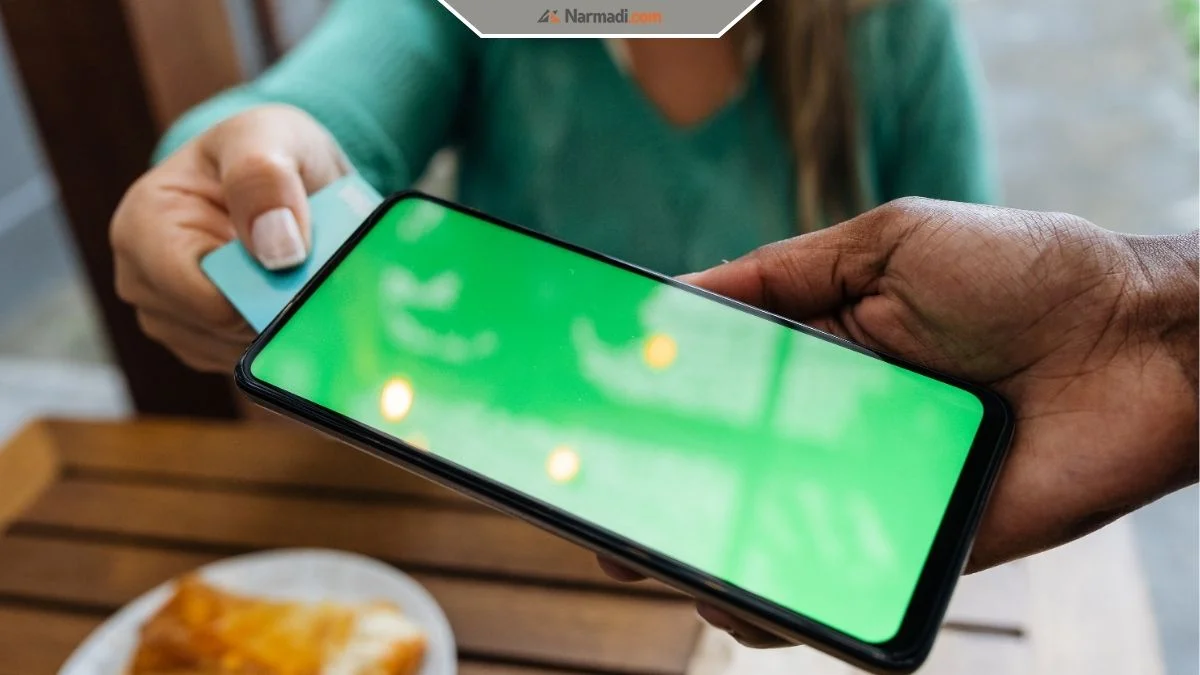
Tap to pay is a quick and easy payment method that allows you to make contactless payments by “tapping” your card, phone or any compatible smartwatch.
It uses Near Field Communication (NFC) technology for secure and instant transactions. With that being said, no more carrying cash or cards thus making any payments more convenient.
Especially in 2020 where pandemic striked, this payment method is the first choice knowing it requires almost no contact at all.
How Does Tap to Pay Work?
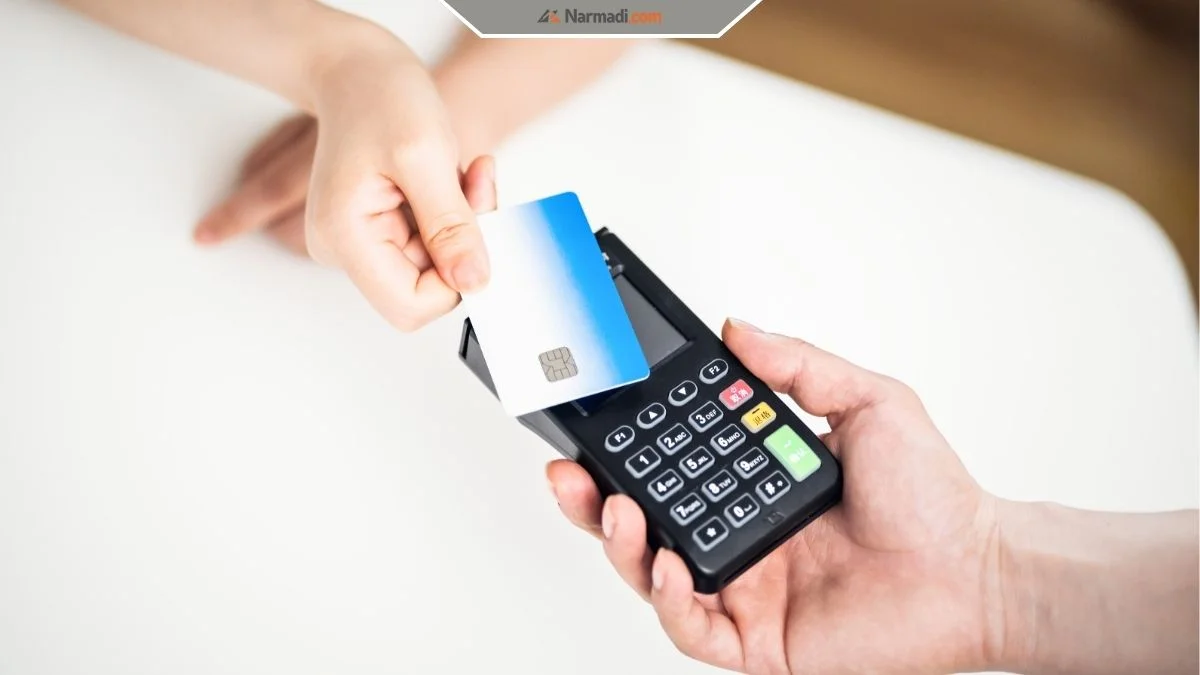
Tap-to-pay regardless of its types, whether used with a contactless card or smart devices, uses Near Field Communication technology to operate.
The NFC itself is a short-range wireless communication tech that allows you to allow data exchange between devices that are close to each other.
NFC itself operates on radio-frequency identification (RFID) principles and electromagnetic induction that enables communication between devices without physical contact of Wi-Fi connection.
Here’s how tap to pay work:
- NFC-enabled devices: This payment method requires your devices such as card, phone, or smartwatch that are equipped with NFC technology. On top of that, the merchant’s payment terminal also needs to be equipped with one too.
- Close proximity: Hold your NFC enabled card or phone close to the merchant’s NFC terminal to make payment.
- Data transmission: When the NFC NFC antennas in both devices communicate, your payment information is stored in the NFC chip securely to be then transmitted to the merchant’s terminal.
- Authentication: After that, the payment terminal will validate the transaction by sending the payment details to the payment network for authorization.
- Secure transaction: A unique, one-time code will be generated for that specific transaction if approved. This happens after the payment network verifies the transaction details, ensuring sufficient funds and confirming the transaction’s authenticity.
- Completion: Your transaction is complete if you receive a payment confirmation. The entire process of tap to pay is fast (usually about 1 to 2 seconds).
Benefits of Using Tap to Pay
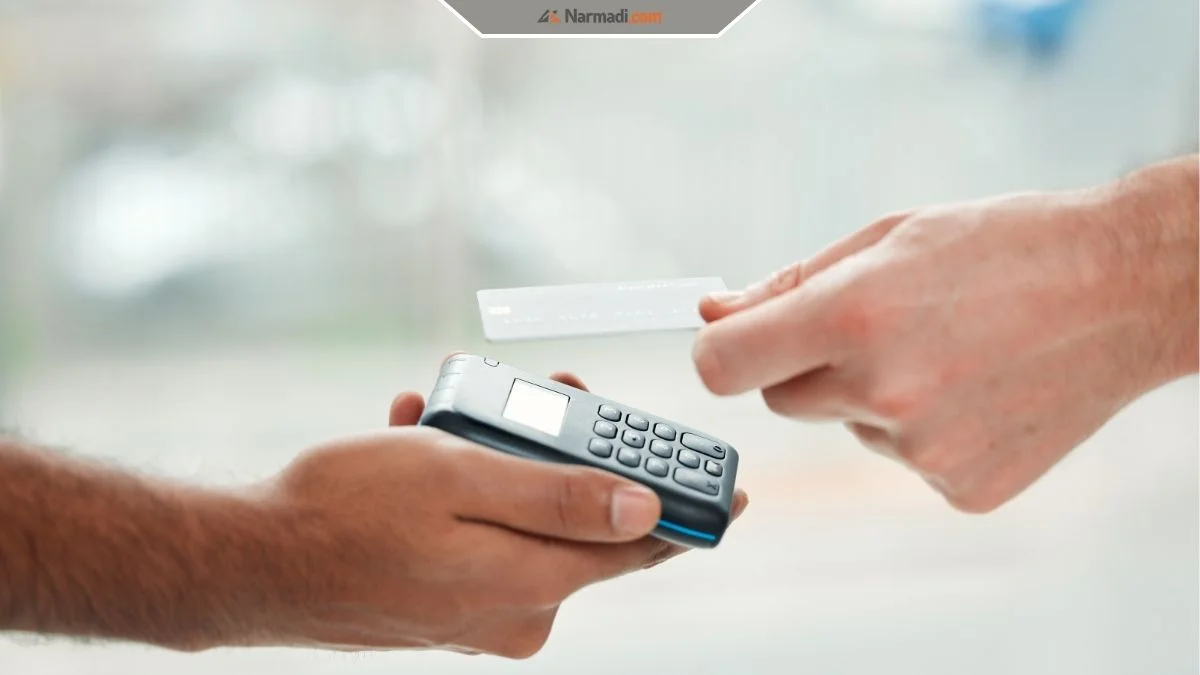
- Easy to Use: First and foremost is its easy to use nature, you don’t need to dig around for cash or cards. Just tap your device and you’re ready to go.
- Private and Secure: The security of tap to pay is top notch, it features a built-in advanced security that detects and blocks threats such as spam, viruses, malware, thus keeping your data protected.
- Simple to Set Up
- Commonly Used: Tap to pay is commonly used now, so you can easily use it anywhere. Other than merchants, you can also use tap to pay for public transport
- Faster: Tap to pay is considered faster than conventional payment methods such as cash or card. You don’t need to stumble around the card and dip it into the machine. The merchant can simply and quickly pass the reader to you, then you can tap it, then boom, payment is done.
So there you have it! The complete explanation about tap to pay that we’ve summarized for you! With all that information above, we can conclude that tap to pay is the future of payment methods that’ll continue growing and evolving over time.

